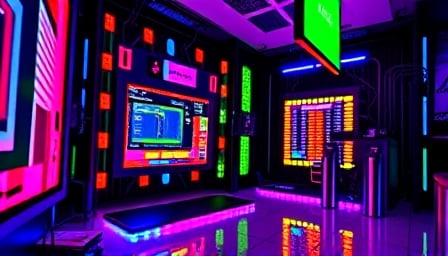Quantum Resistant Ledger: A Glimpse into the Future of Cryptocurrency
The Quantum Resistant Ledger (QRL) has been making headlines as a pioneering cryptocurrency designed to withstand the potential threats posed by quantum computing. As of July 23, 2025, QRL’s close price stands at $0.664319, reflecting its position in the volatile crypto market. With a market capitalization of approximately $45,387,911.18, QRL continues to attract attention from investors and technologists alike.
Market Performance and Historical Context
QRL’s journey through the past year has been marked by significant fluctuations. The cryptocurrency reached its 52-week high of $1.26374 on December 15, 2024, showcasing its potential for growth. However, it also experienced a low of $0.139008 on September 4, 2024, highlighting the inherent volatility of the crypto market. Despite these fluctuations, QRL’s current market cap indicates a stable presence in the industry.
Quantum Resistance: A Technological Edge
One of the key differentiators for QRL is its focus on quantum resistance. As quantum computing advances, traditional cryptographic methods face potential vulnerabilities. QRL’s blockchain technology is designed to be secure against quantum attacks, providing a future-proof solution for digital transactions. This technological edge positions QRL as a forward-thinking asset in the cryptocurrency space.
Investor Interest and Market Implications
The unique proposition of quantum resistance has garnered interest from a diverse group of investors. As the crypto market continues to evolve, QRL’s focus on security and innovation makes it an attractive option for those looking to hedge against future technological disruptions. The current market cap and price stability suggest a growing confidence in QRL’s long-term potential.
In conclusion, Quantum Resistant Ledger stands out in the cryptocurrency landscape with its emphasis on security and future-proof technology. As the market continues to adapt to new technological challenges, QRL’s quantum-resistant features may prove to be a significant advantage.
